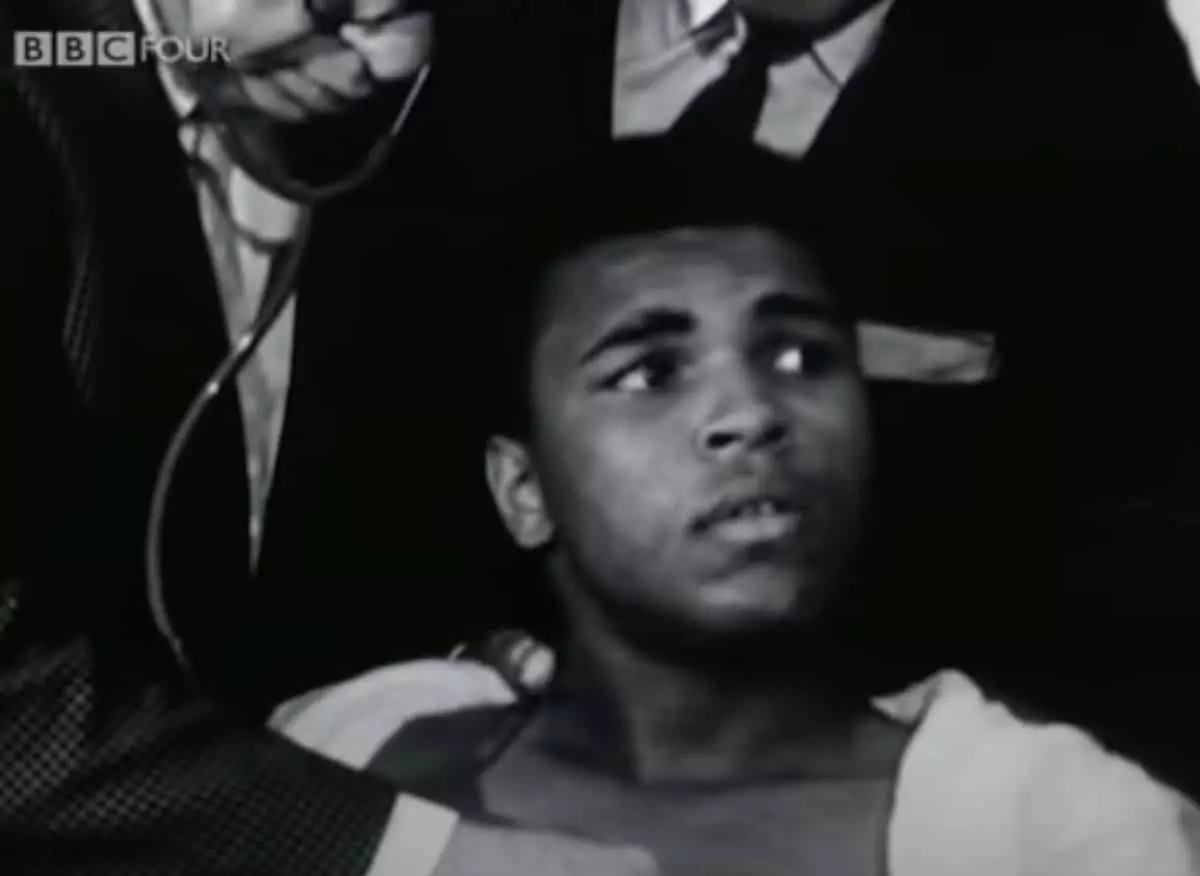Every January 17th, boxing enthusiasts worldwide take a moment to reflect on the legacy of Muhammad Ali, born on this iconic day in 1942. As one of the sport’s most celebrated ambassadors, Ali’s achievements both inside and outside the ring have left an indelible mark on boxing history. But as boxing continues to evolve, Oleksandr Usyk has stepped into the limelight, igniting conversations about a potential “Dream Fight” between him and the legendary Ali. With Usyk’s recent triumphs over elite competitors like Anthony Joshua and Tyson Fury, the boxing world is abuzz with excitement, pondering how a matchup between these two extraordinary talents might unfold.
Striking Parallels: Height, Reach, and Style
At first glance, certain striking similarities between Muhammad Ali and Oleksandr Usyk cannot be ignored. Both men stand at 6’3″ tall, possess an impressive reach of 78 inches, and typically weigh around 220 pounds in their prime. These measurements suggest that the two would find themselves evenly matched in the physical aspects of the sport. However, the similarities run deeper than mere statistics. Ali’s boxing genius showcased a deft combination of speed, agility, and charisma, while Usyk, a masterful southpaw, emphasizes footwork, precision, and expert ring intelligence.
The matchup would not only represent a clash of skill sets but also of philosophical approaches to boxing. Muhammad Ali revolutionized the sport with his dazzling footwork and unparalleled hand speed, asserting his dominance during the golden era of heavyweight boxing. In contrast, Usyk offers a modern take on the sweet science, blending classic techniques with current strategies that emphasize stamina and adaptability. When considering a head-to-head bout, the dynamics of their fighting styles beg the question: Which approach would prevail?
Imagining a fight between Ali in his prime—perhaps during his iconic bout against Cleveland Williams—and Usyk at his best after defeating Tyson Fury conjures a thrilling vision of boxing artistry. Would the fight go the distance of 15 rounds, as was customary in Ali’s time, or would a more modern 12-round bout determine a victor? The answer transcends statistics, delving instead into the realm of boxing artistry. Each fighter brought a unique flair that appealed to fans and novices alike, making the visual experience of their bouts as exquisite as any fine ballet—a true showcase of the “sweet science.”
In terms of defensive prowess and punch resistance, both Ali and Usyk have proven to be resilient. While Ali’s elusive movements made him difficult to hit during his prime, Usyk has demonstrated remarkable defensive skills against a variety of opponents throughout his career. Although Ali faced relatively few southpaws in his boxing journey—only two—there’s a fascinating aspect to consider: Could Usyk’s unorthodox style create openings that even “The Greatest” would find challenging to navigate?
While the technical aspects of a hypothetical fight capture the imagination, the legacy of Muhammad Ali and Oleksandr Usyk extends far beyond the squared circle. Ali transcended the sport, becoming a symbol of social justice and humanitarian efforts. He fought tirelessly for equality and inspired generations to challenge injustice. Usyk, similarly, has shown a commitment to advocating for those in need, standing up for his country and using his platform to promote goodwill.
On the occasion of Ali’s 83rd birthday—a bittersweet reflection given his passing in June 2016—it’s essential to celebrate these fighters as embodiments of sportsmanship and resilience. While Usyk may be 38 years old and still actively competing, the question remains: how many more memorable performances can he deliver before his journey concludes? Will he mirror Ali’s legacy in terms of both accomplishments and his capacity to inspire change?
The Legacy Continues
As Oleksandr Usyk continues to cement his place in boxing history, he remains acutely aware of the giants upon whose shoulders he stands. “When I think about Muhammad Ali, it’s not just boxing,” Usyk has stated. “It’s the path he took, his nature. He fought for his rights, his nearest and dearest.” This sentiment resonates profoundly, connecting these two legendary figures while highlighting unique journeys in an ever-evolving sport.
In the end, it isn’t merely about who would win in a hypothetical showdown. It’s about recognizing the spirit, skills, and passion that both Muhammad Ali and Oleksandr Usyk have brought to the sport and how their legacies continue to influence future generations of boxers and fans alike. Ultimately, while we may debate and ponder the outcomes, both fighters stand as monumental symbols of what it means to truly be a champion.

